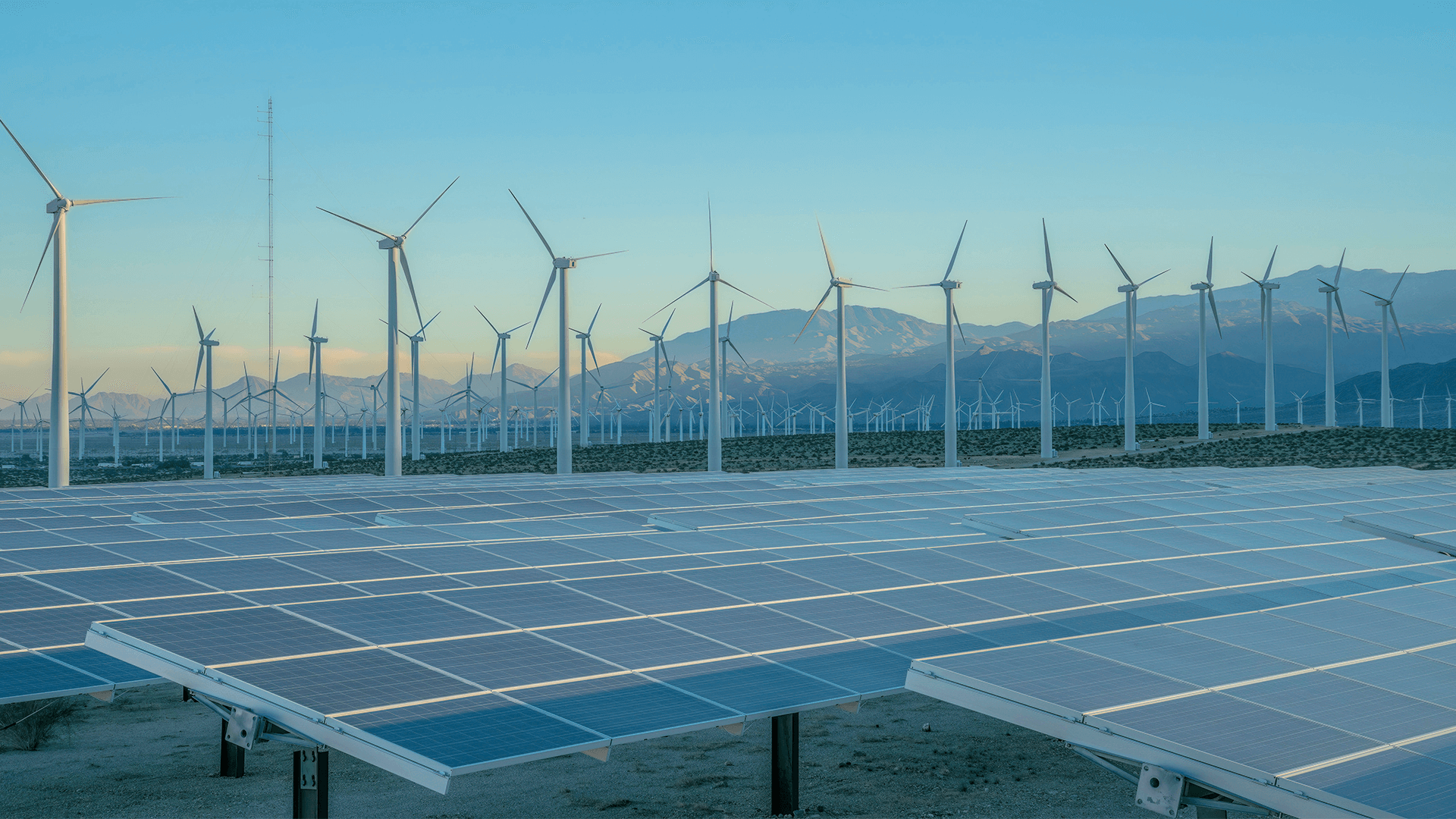
A study from the Center for Global Sustainability, published in Applied Energy, offers a detailed, regionally tailored framework for China’s pathway to carbon neutrality by 2060. By integrating technological, economic, and social factors, the study provides a nuanced approach to understanding China’s renewable energy needs and presents a model that can be adapted by other nations with similar climate and energy ambitions. The study finds significant regional and temporal disparities in renewable energy (RE) investments that could result in unequal access to resources, funding, and opportunities, potentially hindering China’s progress toward carbon neutrality.
As part of its broader commitment to combat climate change, China has set ambitious carbon neutrality targets—peaking emissions before 2030 and reaching net zero by 2060. To achieve these goals, China plans to increase its wind and solar capacity to at least 1,200 GW by 2030. Already a global leader in renewable energy investment, China accounts for 30% of global renewable capacity investments, contributing $1.1 trillion to non-hydro renewables. Yet, to meet its long-term carbon neutrality targets, China will require substantial and sustained investments in renewable energy infrastructure across the nation.
“While China is making significant strides in renewable energy deployment, regional disparities remain a major challenge,” said Jiehong Lou, CGS Assistant Research Director and lead author of the study. ”A more targeted approach, supported by tailored policies and green finance, is essential to ensure that every province benefits from the transition to a carbon-neutral future.”
The study analyzes how different technological pathways—such as advanced nuclear, the use (or lack) of carbon capture and storage (CCS), and coal plant retirements—affect the speed and scope of China’s transition to renewable energy. The research finds that achieving carbon neutrality by 2060 would require a massive increase in renewable energy investments, especially over the next few decades. The study finds China can achieve net-zero CO₂ emissions before 2060, therefore China will need to add 4,500 GW of wind and solar capacity between 2020 and 2060. The total investment needed for wind and solar energy to achieve this goal is estimated at $12.7 trillion by 2060.
The study also underscores that technological choices will significantly influence investment needs. For instance, the expansion of nuclear power into inland provinces could reduce the need for some wind and solar investments by $680 billion ($17 billion per year). Provinces like Anhui and Shanghai, with new nuclear plants under development, will have lower renewable energy investment needs. However, nuclear energy comes with its own challenges, including high construction costs and long development timelines.
In addition to nuclear energy, the absence of CCS will result in China needing to invest 44% more in wind and solar energy after 2040. This is especially true in provinces like Inner Mongolia and Xinjiang, where high renewable resource potential must be harnessed to meet carbon neutrality targets. On the other hand, provinces such as Guangxi, Hainan, and Fujian, with limited renewable resources but significant CCS potential, could face even more challenges if CCS technology is not available.
The timing of coal plant closures also impacts investment and emissions trajectories. Delaying the phaseout of coal plants from 25 to 35 years would shift renewable energy investments, resulting in accelerating renewable deployment later. The study reveals stark regional disparities in renewable investment needs. Provinces rich in renewable resources, like Inner Mongolia, will require large investments in wind and solar capacity—up to $43 billion per year under the core scenario. Conversely, investment needs in regions like Tibet are $0.21 billion per year. These disparities are driven by factors such as renewable resource availability, electricity demand, and grid dynamics.
The study provides valuable insights into the complex dynamics of China’s renewable energy transition, highlighting the need for a more equitable, strategic, and region-specific approach. As China works toward its carbon neutrality goals, policymakers must take a nuanced view of regional disparities to ensure that all provinces have the opportunity to participate in and benefit from the clean energy revolution. A balance between early investments in fast-growing provinces and long-term strategic investments in resource-rich regions is crucial to ensuring a successful and equitable renewable energy transition
Read the full study here.



